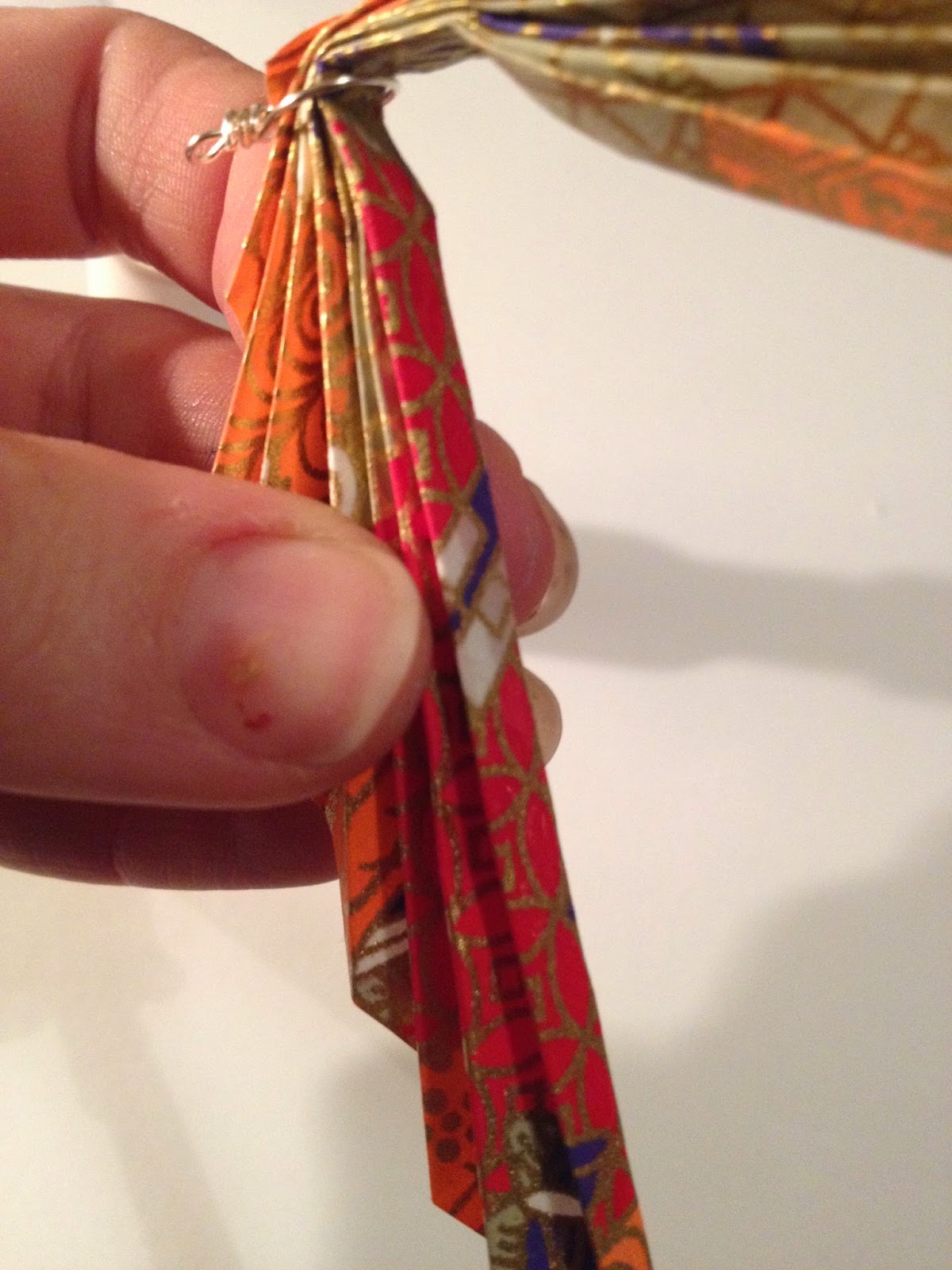Choosing Wire
There is a lot of choice when it comes to selecting materials, particularly wire. Below, I have outlined some of the basics which may assist you getting started.
Thickness
Wire is usually described by its 'gauge, being a reference to its thickness. In some countries, its thickness is referred to in millimeters. A higher gauge will mean a thinner wire.

Thick wire (16 to 20 gauge or 1.3mm to 0.8mm) is great for making components, like jump rings. It is also great to use to create a 'structure' like a circle or a square, to base you design around, so it can be particularly useful in making pendants. It is strong and will hold its shape. I used 20 gauge wire to make the bangle on the right.
Medium wire (22 to 24 gauge, or 0.65mm to 0.5mm) is perfect for wrapping beads. It is flexible but holds its shape fairly well. It is great for making connections between beads, or for wrapping large beads. I used 24 gauge wire to make the necklace on the left.
Thin wire (26 to 28 gauge, 0.3mm to 0.4mm) is great for wire crochet or delicate weaving. I used (a lot!) of 28 gauge wire to make the twisted vine necklace on the right. It is also great for filling shapes made from 20 gauge wire (I will be posting a tutorial for that project soon!)
Tiger tail is a thin, flexible nylon wire. It can't be used for wrapping but can be used with crimp beads for 'floating' earring or necklace projects, like those on the left.
Materials
Wire comes in a number of different types of materials. You should be mindful of the coating of your wire. Some wire, like aluminium wire, is inexpensive but will tarnish in a small amount of time. Some cheaper wires will also snap when bent (which can lead to some real frustration!). It can be great for practicing (provided that it is fairly strong) but is not ideal for final projects.
Generally, I like to use silver or gold plated wire. It is not overly expensive, looks great and does not tarnish. It is also really strong - even the thinner wires don't snap after repeated bending.
If you want something even stronger, you may want to try gold or silver filled wire. It is like plated wire, but the coasting of the gold or silver is much thicker.
If you have any queries at all, let me know and I will do may best to help - email me or comment below.
Happy wrapping!
.JPG)






















































